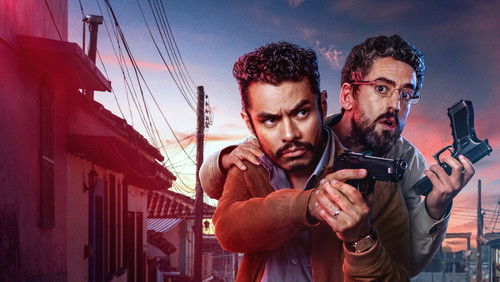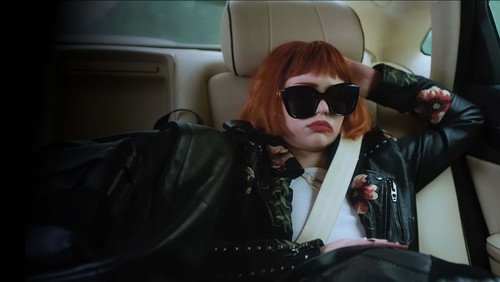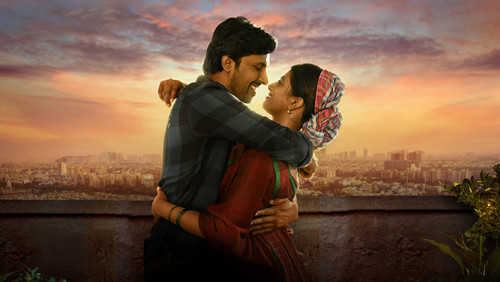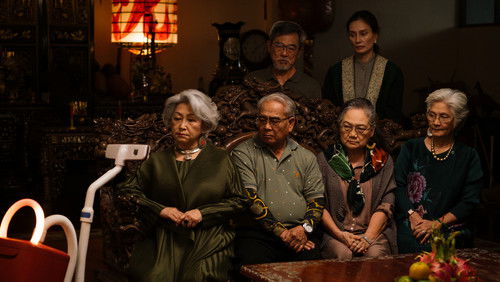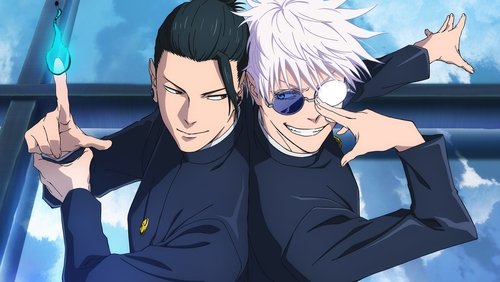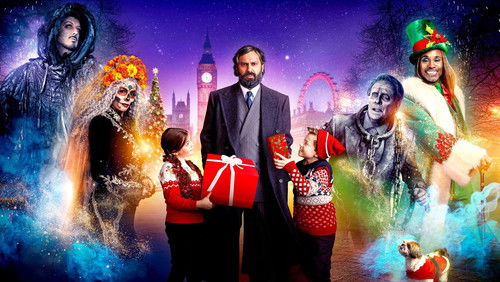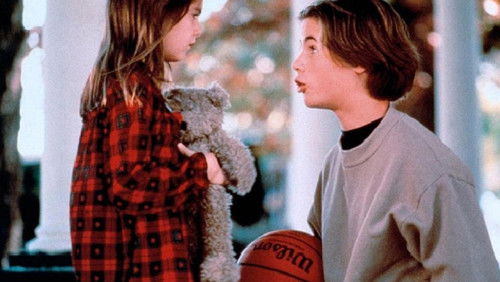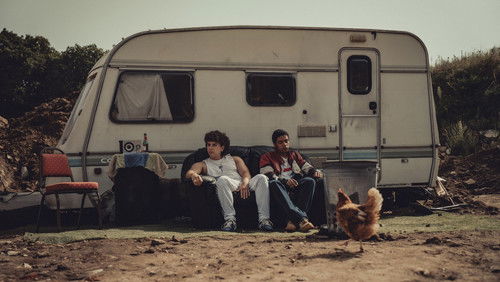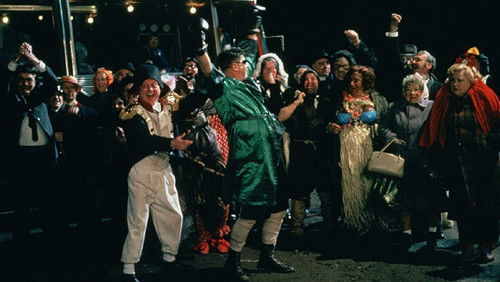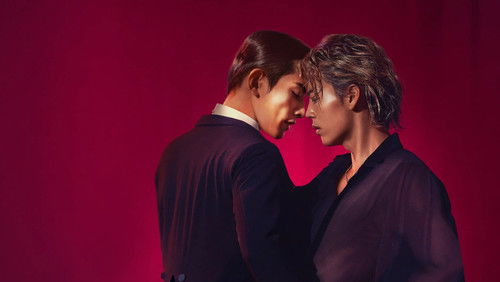Sylvia und das Gespenst (1946)
28KSylvia und das Gespenst: Directed by Claude Autant-Lara. With Odette Joyeux, François Périer, Pierre Larquey, Claude Marcy. On the eve of her 16th birthday, Sylvie’s father needs cash to stay in his castle so he sells Sylvie’s favorite thing, a painting of Alain, the lover of Sylvie’s grandmother, killed in a duel. Alain’s ghost lives in the castle and Sylvie senses his presence, thinks she loves him, and fears that romance from the living will never come her way. Dad prepares a midnight surprise for Sylvie and her party guests: the appearance of the phantom. He’s hired an actor, but two young men in love with Sylvie also volunteer to don white robes: Fred, the rich kid who bought the painting, and Ramure, a jewel thief in hiding. The youths declare their love, and Alain’s ghost helps resolve all.
“There really is a ghost, by the way, yet to most of the residents of this once-grand palatial estate the ghost is merely the fantasy of an over-imaginative 17-year-old named Sylvie. The great mansion is now being sold off piece by piece to satisfy creditors, and when a portrait, believed by Sylvie to be occupied by her beloved phantom, is sold, her grandfather decides to hire an actor to portray the ghost in order to give Sylvie one last chance to believe in her dreams before she grows up.u003cbr/u003eu003cbr/u003eAs the real ghost, roaming the mansion more than usual now that his resting place of choice, the portrait (Sylvie was right), has been removed, observes the errant artifices of Sylvieu0026#39;s grandfather, it turns out that no fewer than three persons have shown up claiming to be the actor who will haunt Sylvieu0026#39;s forthcoming birthday party: two young men who have fallen in love with Sylvie, one of them a fugitive, and an older man, the one actually sent by the casting agency. Grandpere decides to employ all three. One could say there are three young men, since the ghost himself also appears enamored of Sylvie, and absconds with the older actoru0026#39;s white sheet in an attempt to make a appearance himself (the French filmmakers appear blissfully unaware of how these ghost costumes stand a chance, unintentionally, of transmitting a completely different subtext to an American audience!). He has a time managing the costume, however, and so for the most part Sylvieu0026#39;s tangible contact with u0026quot;phantomsu0026quot; is by way of her two erstwhile, earthly suitors. Irony abounds in the fact that while there really is a ghost, the appearance of same continues to be sustained almost entirely by the fanciful dialogues of the living. The fact that her phantom has not only two different voices but distinctly different personalities begs a comparison to Robert Jean Nathanu0026#39;s Portrait of Jennie, filmed three years later, in which the title spirit is a somewhat different character each time the hero encounters her.u003cbr/u003eu003cbr/u003eOn the negative side, the comedyu0026#39;s ability to work independently of the actual ghost also means that the character of the ghost is largely unemployed. Care was taken to have a known comedian, Jaques Tati, in the role (this is a few years before Tatiu0026#39;s emergence as auteur in his Postman and Monsieur Hulot films), yet for much of this film his pale image is seen merely wandering through the set — some great double-exposure effects here — looking wistful. To both credit and deficit, this is au0026gt; film version of a play; itu0026#39;s great that the fantasy is sustained to such a large extent by the almost poetic dialogue, yet one wishes that the filmmakers had pushed a little further to make this a ghost movie, depending more on sonic and visual effects to make the experience a little spookier.u003cbr/u003eu003cbr/u003eThe Ravel-like music is often beautiful, helping to bridge reality, fabrication, and the ethereal. Itu0026#39;s never allowed to overpower the rest of the film, yet I suspect that a modern stereo recording of the music alone would probably give a stronger statement of what moods the composer was trying to infuse. The English subtitles are just enough to keep the francophonically-impaired abreast of the conversation, without covering half the screen nor detracting from the flow of the original French, which in this case sounds good whether one can understand all of it or not. One blooper does occur when one of the ghosts, according to the subtitles, assures Sylvie that he is u0026quot;discreteu0026quot; (discreet).u003cbr/u003eu003cbr/u003eThe idea of the grandfather creating a u0026quot;ghost storyu0026quot; as an attempt to give Sylvie one last adventure before she grows up is possibly (Iu0026#39;d speculate) the inspiration for the treatment used in Disneyu0026#39;s animated film version of Peter Pan, which differs significantly from Barrieu0026#39;s original story in that the adventures of Wendy and her brothers, plus the issue of Wendyu0026#39;s impending adulthood, are compressed into a single evening.u003cbr/u003eu003cbr/u003eSylvie and the Phantom is a very satisfying film in all:u003cbr/u003eu003cbr/u003ehopefully it will continue to teach filmmakers a thing or two about where their audienceu0026#39;s sense of fantasy can be found, and awakened.”
